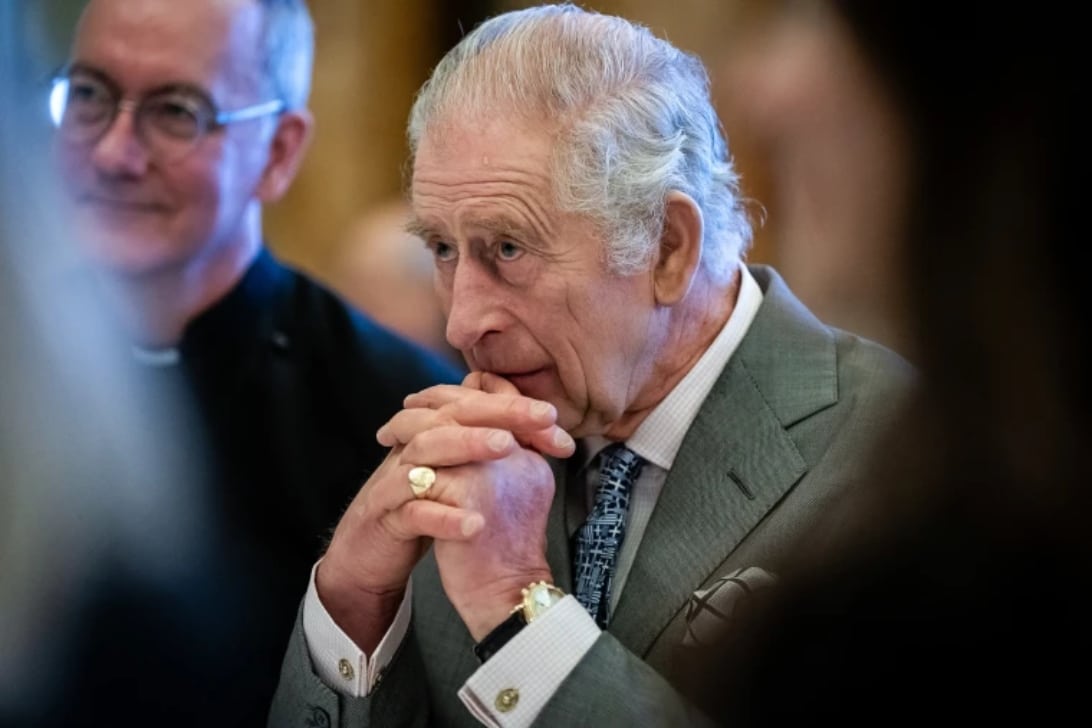Buckingham Palace announces King Charles III's cancer diagnosis during treatment for prostate enlargement, stirring concern and admiration.
Despite the diagnosis, the monarch displays unwavering resolve, inspiring hope and admiration among citizens and observers worldwide.
Following a hospital procedure for prostate enlargement, medical examinations reveal the separate issue of cancer, prompting a focused treatment plan.
King Charles II temporarily stepped back from public-facing duties as advised by doctors, prioritizing treatment and recovery while maintaining State responsibilities.
The King's openness about his diagnosis aims to dispel speculation and raise awareness about cancer, fostering empathy and understanding globally.
The King expresses gratitude to his medical team for their swift intervention and ongoing support during this challenging time.
Messages of solidarity flood social media platforms, reflecting widespread admiration for the King's dedication and resilience.
King Charles II's resilience and determination serve as an inspiration, symbolizing the power of hope and perseverance in facing adversity.
How the Nation is Taking King Charles III's Cancer Scare
The nation rallies behind their beloved King, offering unwavering solidarity as he confronts his health challenges.
Despite the challenges ahead, the King's determination and the support of the people instil confidence in his eventual recovery and return to duties.
King Charles II's cancer diagnosis underscores his resilience and commitment to transparency, inspiring hope and perseverance amid adversity.
King Charles III's Ascension to the Throne
On May 6, 2023, The oldest monarch in British history marked a new chapter in his reign with a coronation steeped in centuries-old tradition.
Clad in the opulent Coronation Robe, Charles received the sacred St. Edward's Crown, symbolizing his authority as the nation's new sovereign.
The Archbishop of Canterbury officiated the ceremony, witnessed by a congregation of 2,000 guests, including world leaders, royalty, and dignitaries.
The event unfolded with a blend of pageantry and religious significance. A procession carried the Crown Jewels, symbols of monarchy, while Charles took oaths to uphold the law and the Church of England.
The ceremony culminated with the Archbishop placing the crown upon Charles' head, met by cheers and a 21-gun salute.
This coronation bore several unique features. It was shorter than previous ceremonies, reflecting modern sensibilities, and featured nods to diversity with the inclusion of a gospel choir and a multicultural ensemble.
Additionally, it marked the first televised coronation in full, allowing the world to witness this momentous occasion.
King Charles III's coronation served as a powerful symbol of tradition and continuity, marking the beginning of his reign as the new monarch of the United Kingdom and Head of the Commonwealth.
With this ceremony, he pledged to serve his nation with dedication and responsibility, ushering in a new era for the British monarchy.




















